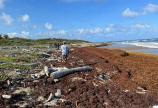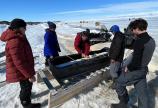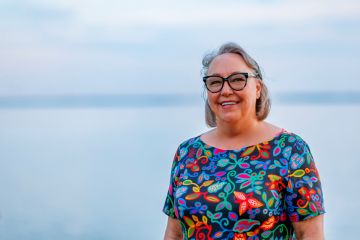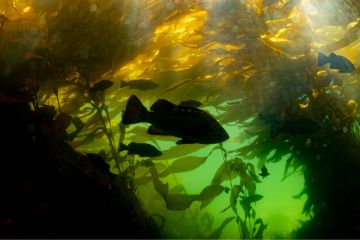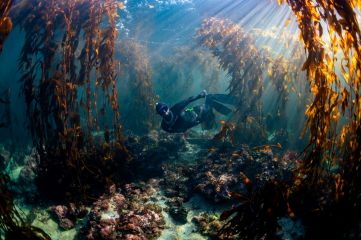UVic researchers test community climate solutions
- Anne MacLaurin
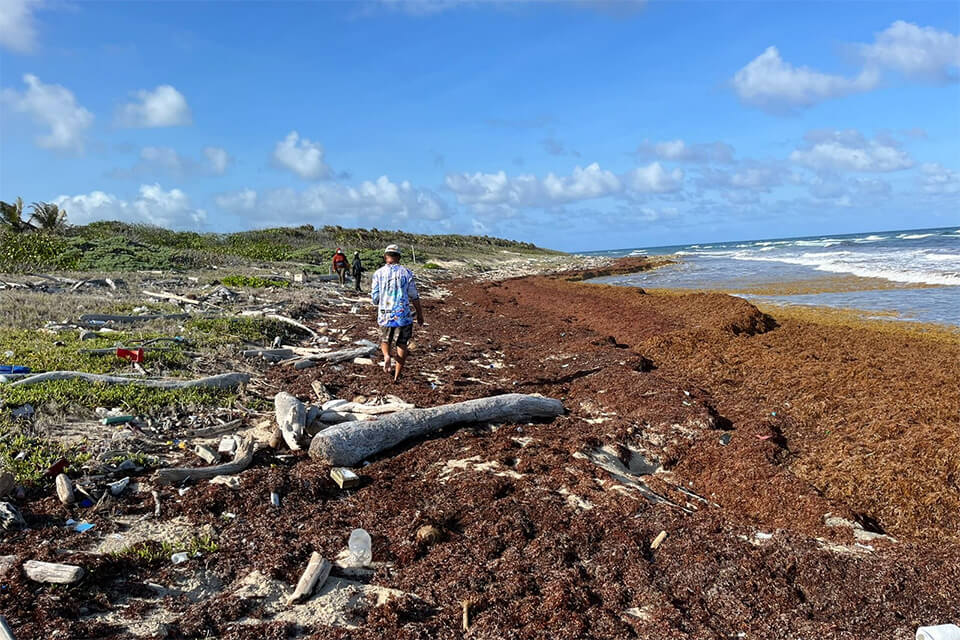
From helping to convert seaweed overgrowth into benefits for the blue economy, to improving travel across sea ice, two University of Victoria projects on Monday received nearly $4 million in federal support to advance climate solutions.
The projects are part of nearly $60 million announced in Ottawa for the New Frontiers in Research Fund (NFRF), which supports 32 interdisciplinary research teams across Canada.
Can invasive macroalgae help the blue economy?
Floating blankets of reddish brown seaweed are set to arrive on the beaches of Florida, Mexico and along the Brazilian Amazon in the coming months, disrupting tourism and causing health concerns.
Sargassum, a macroalga, is mostly found in tropical countries with warmer oceans. Since 2012, it has been steadily increasing and now is known as the Great Atlantic Sargassum Belt. As the seaweed decays it releases heavy metals that can cause respiratory issues, headaches, nausea and memory loss.
But what if this seaweed could be harvested for the blue economy? What if its movements could be tracked and predicted, allowing communities to prepare for the impact?
UVic geographer Maycira Costa is the lead investigator for Canada on a new project that will do that. Recently announced by the federal government, the $2.4 million NFRF grant will bring together partners in Canada, US, Mexico and Brazil to find solutions to the health and economic impact of Sargassum.
“Using satellite imagery we will be able to predict when the mass of Sargassum moves toward beaches along the Caribbean and the Brazilian Amazon,” says Costa.
Costa’s main role with the project is to develop effective satellite tracking abilities so communities can be warned of incoming blankets of Sargassum. Once the seaweed is on the beaches, the hope is to safely harvest it and turn it into bricks for construction projects.
“We think Sargassum harvesting will play a large part in the growing blue economy,” says Costa. “As long as we can harvest it safely, we think there are many economic opportunities.”
Millions of dollars are spent each year on beach clean ups, explains Costa, so finding an economical and safe solution to the seaweed is one of the goals of the New Frontiers in Research funding. As well, Future Earth and groups in Mexico, Brazil and the US are strong partners in this research project.
A non-native Sargassum, wireweed, can be found in many areas along the BC coast, and it also seems to have grown significantly, with potential impacts on native macroalgae. Costa’s project to mitigate the impacts of Sargassum will also help BC in the future.
Tools for safe sea-ice travel
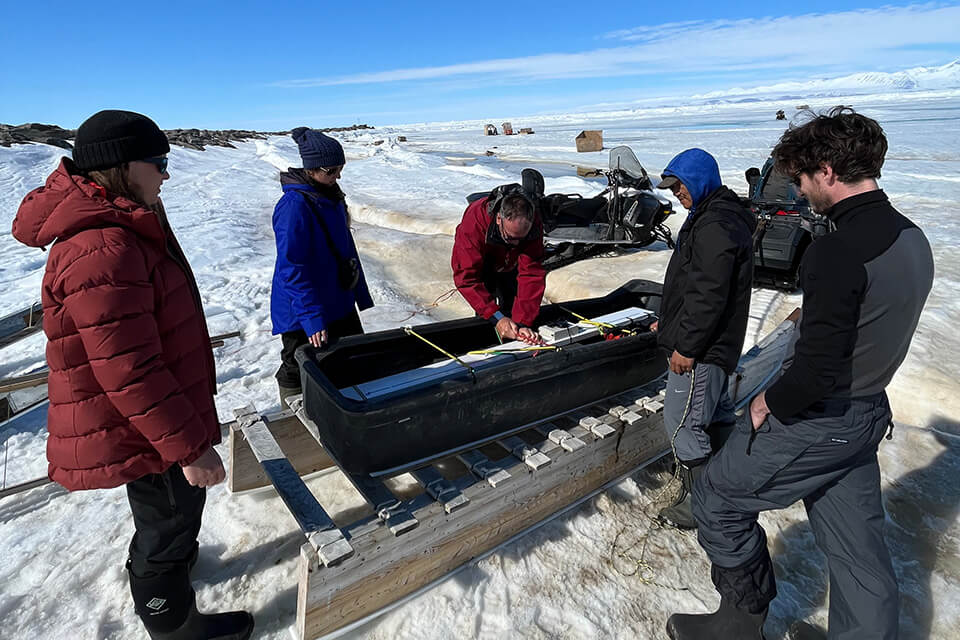
Imagine if your road networks reset each season and your regular travel routes were constantly changing and unpredictable. Rapid climate change is making travel over sea-ice risky and dangerous for the Sikumiut “people of the ice.”
For millennia, Inuit in Arctic communities could depend on knowledge built up over generations; however, over the past few years, they have also relied on ice safety maps to help guide them as they travel long distances to secure food.
A new $1.5 million grant from the NFRF to UVic geographer Randy Scharien will support a community-led project to enhance the ice safety maps with advanced satellite data.
“There is an urgency to the rapidly changing ice conditions,” says Scharien. “This is unprecedented and we have been told by the Inuit that their traditional knowledge is less reliable.”
For generations Inuit have applied their elders’ knowledge to sea-ice travel routes, but Arctic warming, shifting ocean currents and changing weather patterns have made Indigenous knowledge and current tools less predictable. Inuit urgently need access to advanced environmental data-based tools to identify the changing sea-ice conditions that impact safe travel.
The NFRF funding will support the research that will feed into Inuit-led community planning strategies for safe ice travel.
“There is a hunger from communities to adapt to new technology,” says Scharien. “The project is Inuit-led, with people being trained to create their own data and results using advanced technology.”
Sea-ice travel is central to Inuit cultural well-being and food security through hunting and fishing. Ensuring safe travel is paramount to the community, which has experienced an increase in search and rescue calls due to the rapidly changing climate.
Scharien’s research will empower communities to meet climate adaptation needs while supporting Inuit self-determination in sea-ice monitoring and safe travel.
Photos
In this story
Keywords: climate, environment, oceans, research, international, Indigenous, climate action, funding, government, arctic
People: Maycira Costa, Randy Scharien
Publication: The Ring

